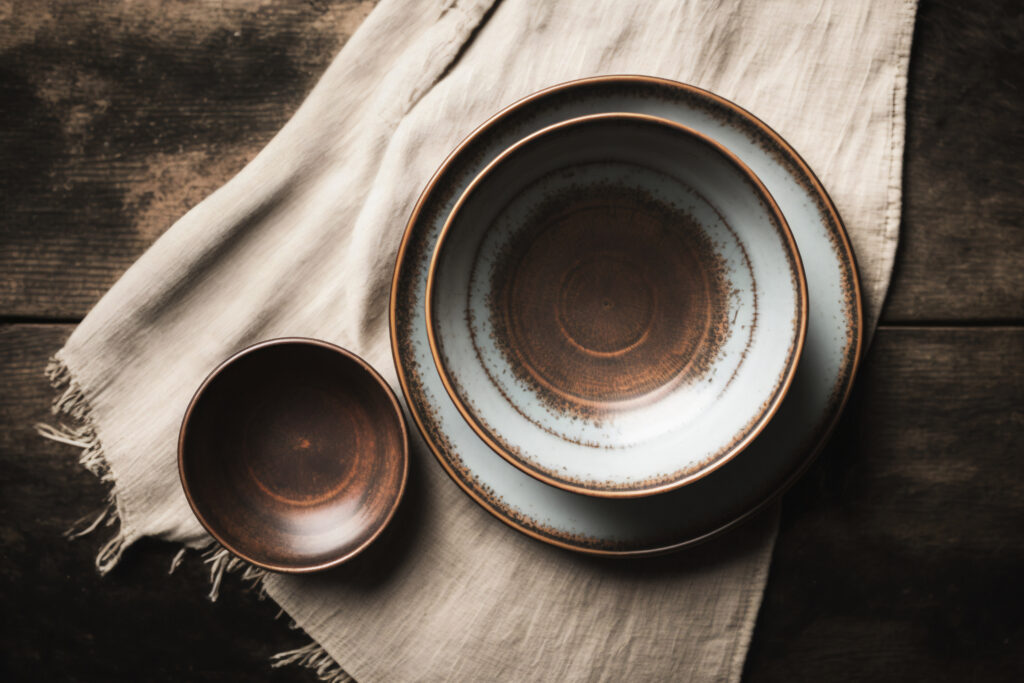
Welcome to Lucerna Hospitality! In this guide, we will explore the different tableware material options used in hotels and restaurants, helping you choose the most suitable option for your business. Each material has its pros and cons, so let’s see which one fits your needs best.
In conclusion, the choice of tableware material for your business will depend on various factors, such as the type of establishment, budget, and intended usage level. If you seek elegance and sophistication, porcelain and ceramic are classic options. For intensive use and exceptional durability, go for opal or polycarbonate. If practicality and low cost are your priorities, melamine and polyethylene may be the best choice. Select the material that best fits the needs of your hotel or restaurant and captivate your customers with tableware that reflects the essence of your business! At Lucerna Hospitality, we are here to help you find the perfect tableware that elevates your dining experience.
Discover excellence in hospitality with Lucerna Hospitality. We pride ourselves in being your one-stop-shop for high-quality items spanning across diverse necessities, from luxury hotels to comfortable homes.
Need the perfect pool towels that blend durability with softness? Or perhaps searching for bed linens that cradle your guests into a dream-filled sleep? Whether you’re in pursuit of the finest cutlery that adds a touch of elegance to your dining or resilient melamine dinnerware for exquisite outdoor dining experiences, we cater to your every requirement!
Why limit luxury to external venues? Create your very own sanctuary at home with our range of bath amenities and plush towels.
Make every meal an occasion with our splendid array of tableware, glassware, table linen, hostpacks, and buffet accessories.
Transform your kitchen with our selection of top-tier pots & pans. For those who desire an orderly and well-managed household, our room and housekeeping items are ideal for maintaining a spotless environment.
Welcome to our expansive hub for hospitality procurement, where a diverse array of premium supplies awaits your discovery. Tailored for hotels, restaurants, hospitals, and rental apartments, our offerings include sophisticated tableware, glassware, opulent bath amenities, plush towels, exquisite bedding sets, and more.
Our comprehensive selection ensures that your establishment is fully equipped to meet every need. Discover the convenience of sourcing with us to elevate your hospitality experience. Partner with us for an unparalleled selection, making procurement a seamless and enriching journey for your business.